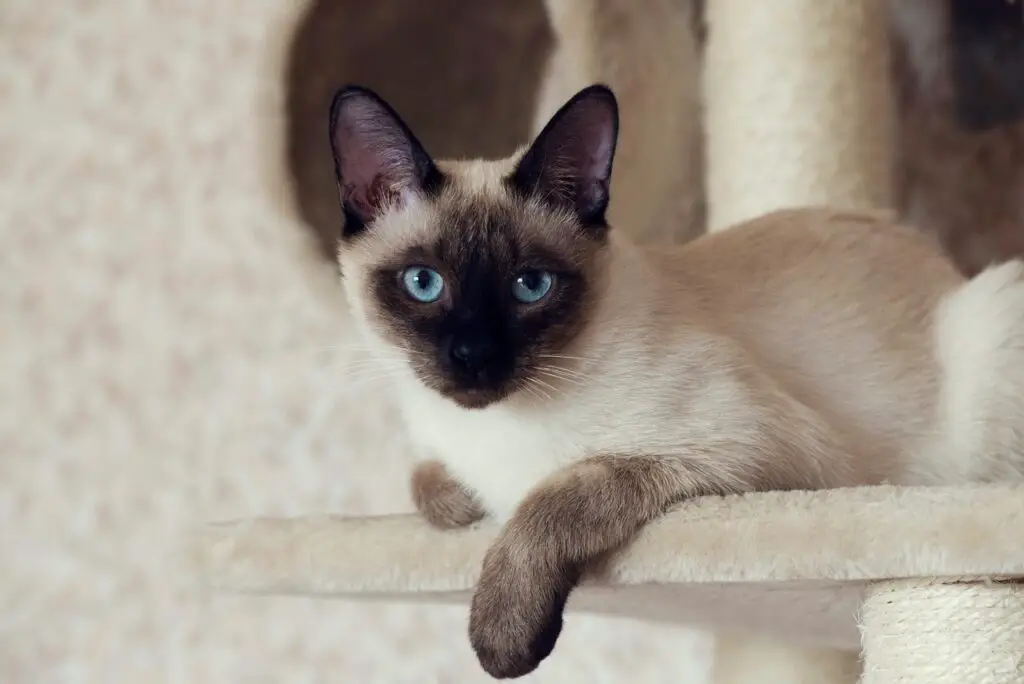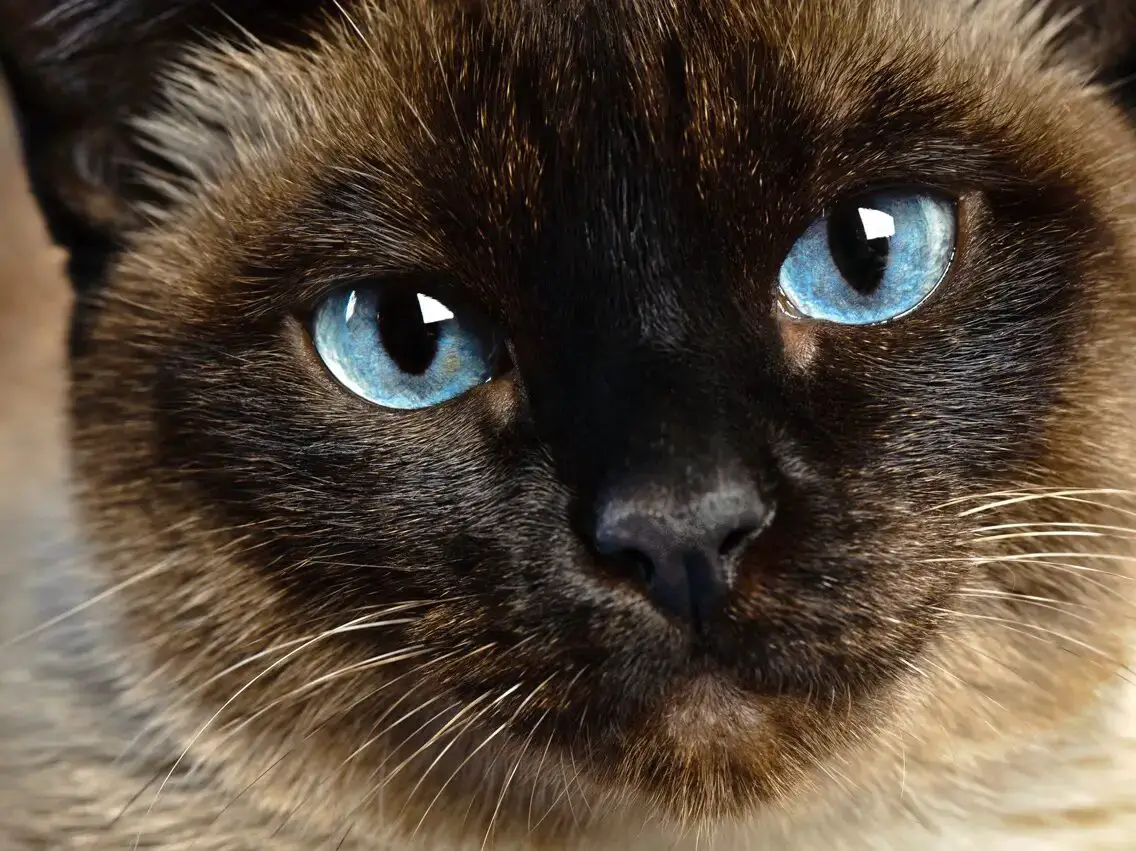Did you find a lump on the underside of your cat’s neck? Have you noticed a change in their behavior or observed blood in their urine? There may be a variety of causes to these symptoms, but you should consult with your veterinarian on the possibility of hyperparathyroidism.
What is Hyperparathyroidism?
Although rare, cats can develop a condition called hyperparathyroidism, which means an overactive parathyroid gland. Hyperparathyroidism leads to another condition called hypercalcemia (high calcium). It is more commonly seen in middle-aged to older cats and siamese cats.
What causes hyperparathyroidism?
There are two types of hyperparathyroidism, primary and secondary. Primary hyperparathyroidism is caused by a tumor or enlargement of the parathyroid gland — the gland is the cause of the disease. Secondary hyperparathyroidism is usually caused by poor nutrition or kidney disease and leads to high calcium levels within the body.
What are the symptoms of hyperparathyroidism?
If your cat has hyperparathyroidism, symptoms you might notice include:
- Lethargy
- Constipation
- Poor appetite
- Muscle tremors
- Changes in your cat’s urination habits or blood within their urine
- Excessive thirst that is unusual to your cat’s normal behavior
- Lump in neck
You or your veterinarian might feel a lump on the underside of your cat’s neck (throat area), where the parathyroid glands are located.
Hyperparathyroidism can lead to hypercalcemia. So if your cat has hypercalcemia and isn’t receiving treatment, it might cause calcium mineral deposits to form in the muscle or skin. Over time this can weaken the bones, and in extreme cases bones can fracture.
Although symptoms are common with hyperparathyroidism, not all cats will show symptoms.

How is hyperparathyroidism diagnosed?
Hyperparathyroidism causes the body’s calcium levels to rise, so the first step in diagnosis is usually a blood test to look at calcium levels. High levels of calcium are referred to as “hypercalcemia.”
In addition to blood tests, your veterinarian might recommend taking x-rays to check bone density and to look for calcium deposits in soft tissue or the bladder. They may also suggest an ultrasound scan of the neck to look at the thyroid and parathyroid gland. Your veterinarian may also perform a biopsy.
How is hyperparathyroidism treated?
The best treatment for primary hyperparathyroidism is surgical removal of the affected parathyroid glands. But before surgery, your cat will need stabilization treatment to prepare them for a successful procedure. Stabilization treatment will help to lower calcium levels, which can be done with diuretics, certain steroids, and via IV fluids.
During surgery, the veterinarian will check each parathyroid gland and remove any that look enlarged or diseased. Surgery is usually very successful and leads to a cure, but cats often need to take calcium and vitamin D supplements for a period of time after.
Secondary causes of hyperparathyroidism can be treated by correcting the underlying cause and surgery is not required.
What is the prognosis if my cat has hyperparathyroidism?
Hyperparathyroidism usually resolves within weeks after surgery, or nutritional change (in cases of secondary hyperparathyroidism). Seeking veterinary care early is crucial in preventing worsening symptoms of hyperparathyroidism.
Putting it all together…
If your cat is suffering from hyperparathyroidism, you may notice some of the classic symptoms. However, cats are great at hiding pain and not all cats with this condition show signs of not feeling well. If your cat isn’t behaving normally, take them to a veterinarian. If your cat has a lump on its neck, appears lethargic, is vomiting or constipated, or shows changes in urinary behavior, take them to see a veterinarian and don’t be afraid to mention the possibility of hyperparathyroidism.
About the author, Angela Topf, DVM
Born and raised in Seminole, FL, Angela graduated from the University of South Florida with a bachelor’s degree in Biomedical Science. Her interests include working in a small companion animal hospital with an emphasis on surgery. Angela has two dogs, Tucker, who is a Labrador/mastiff mix and a Labrador named Brody. In her free time, Angela enjoys spending time with her family and friends, going to the gym, watching sports, and doing anything on the water. Angela services the Tampa area and has worked with The Vets for a year and a half.
degree in Biomedical Science. Her interests include working in a small companion animal hospital with an emphasis on surgery. Angela has two dogs, Tucker, who is a Labrador/mastiff mix and a Labrador named Brody. In her free time, Angela enjoys spending time with her family and friends, going to the gym, watching sports, and doing anything on the water. Angela services the Tampa area and has worked with The Vets for a year and a half.
If you enjoyed this post, check out this post about Siamese Cats or read more about how to buy pet insurance for cats that are prone to a variety of conditions like hyperparathyroidism.
